Search the Special Collections and Archives Portal
Search Results
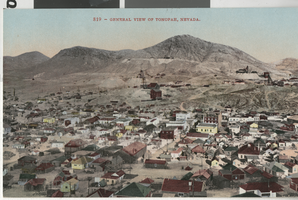
Postcard of Tonopah (Nev.), 1905
Date
Archival Collection
Description
Image
C. A. Earle Rinker Papers
Identifier
Abstract
The C. A. Earle Rinker Papers (1880-1960) contain materials that document the history of early twentieth century Goldfield, located in central Nevada, as well as the life of Rinker. Materials in the collection include correspondence, mining prospectuses, maps, ledgers, souvenirs, photographic negatives, and ephemera that document mining and daily life. Also included is biographical material that tells the story of Earle Rinker and his family before 1906 and after 1909, documenting his life in Indiana and Illinois.
Archival Collection
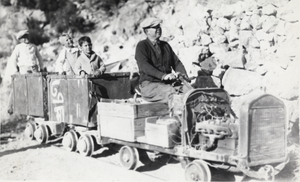
Photograph of Jimmy Grill and children, Ryan, California, circa early to mid 1900s
Date
Archival Collection
Description
Image

Plat of the Texas and Lone Star Lodes, Goldfield (Nev.), November 11, 1905
Date
Description
Image
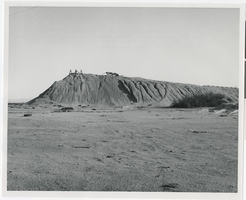
Photograph of Transfer Hill ruins, Death Valley Junction (Calif.), early 1900s
Date
Archival Collection
Description
Image
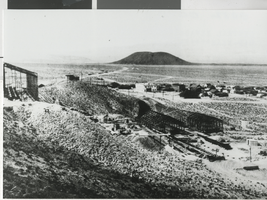
Panoramic photograph of Blair (Nev.), circa 1907
Date
Archival Collection
Description
Image
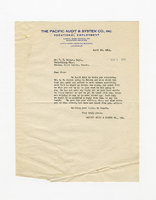
Letter from Pacific Audit & System Company to R. T. Walker, April 25, 1918
Date
Archival Collection
Description
Text
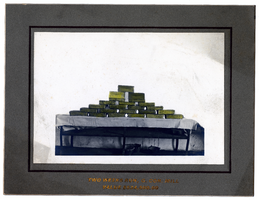
Photograph of gold bars stacked on table, Goldfield (Nev.), early 1900s
Archival Collection
Description
Caption: Two weeks run, G. Con. Mill Value $534,500.00
Image
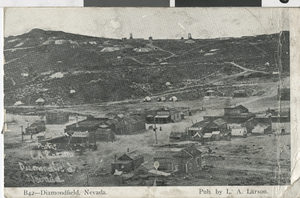
Photograph of Diamondfield (Nev.), 1910s
Date
Archival Collection
Description
Image
James D. O'Brien Photographs
Identifier
Abstract
The James D. O'Brien Photographs (approximately 1900-1929) are comprised of photograph albums and scrapbooks created by James D. O'Brien, surveyor, mining engineer and prospector. O'Brien's photographs feature locations throughout Central and Southern Nevada and Death Valley, California. Photographs depict life and work in mining camps; miners and their families; local Shoshone Indians; mining company financiers; landscape and mining towns. Locations include but are not limited to Pahrump, Nevada; Pioneer, Nevada; Rhyolite, Nevada; Wahmonie, Nevada; and Death Valley, California.
Archival Collection
